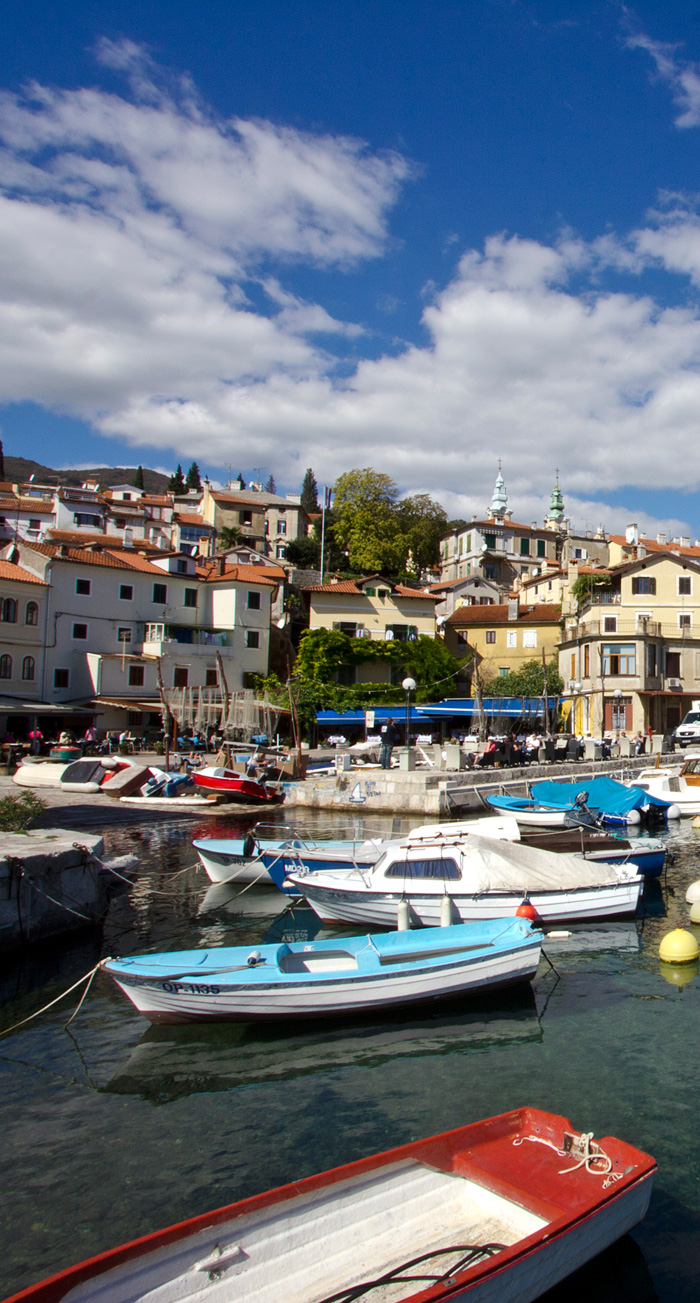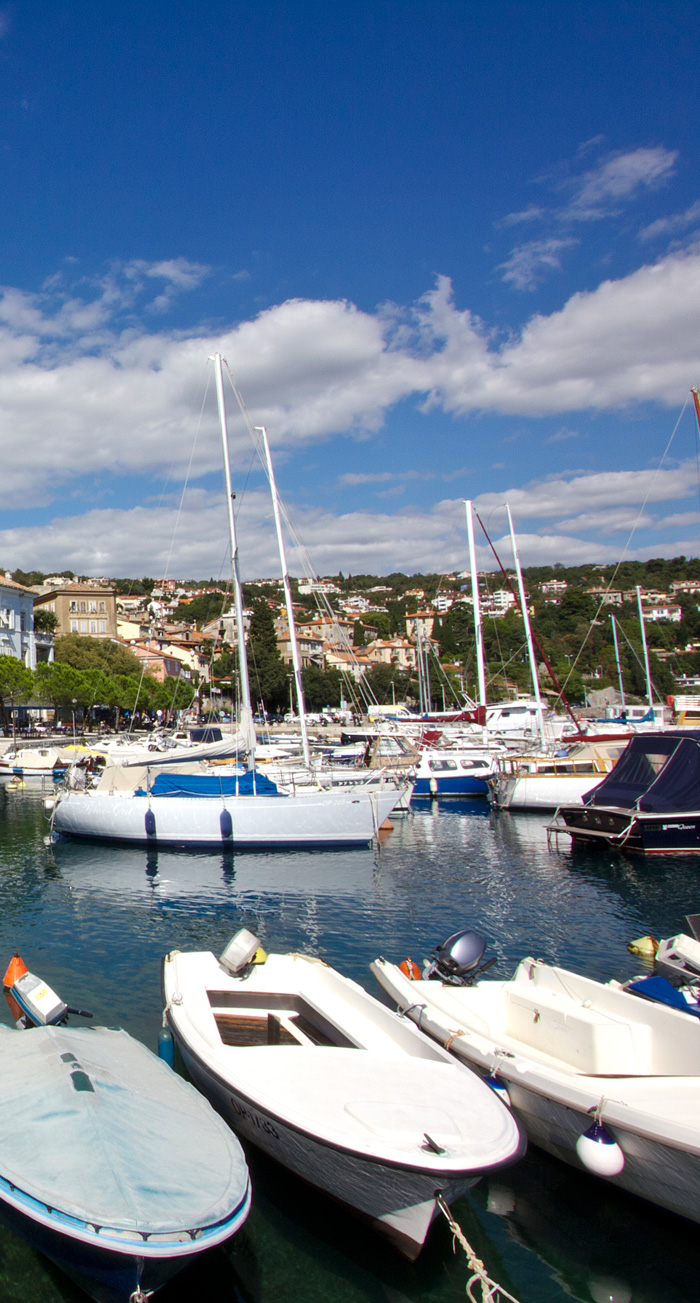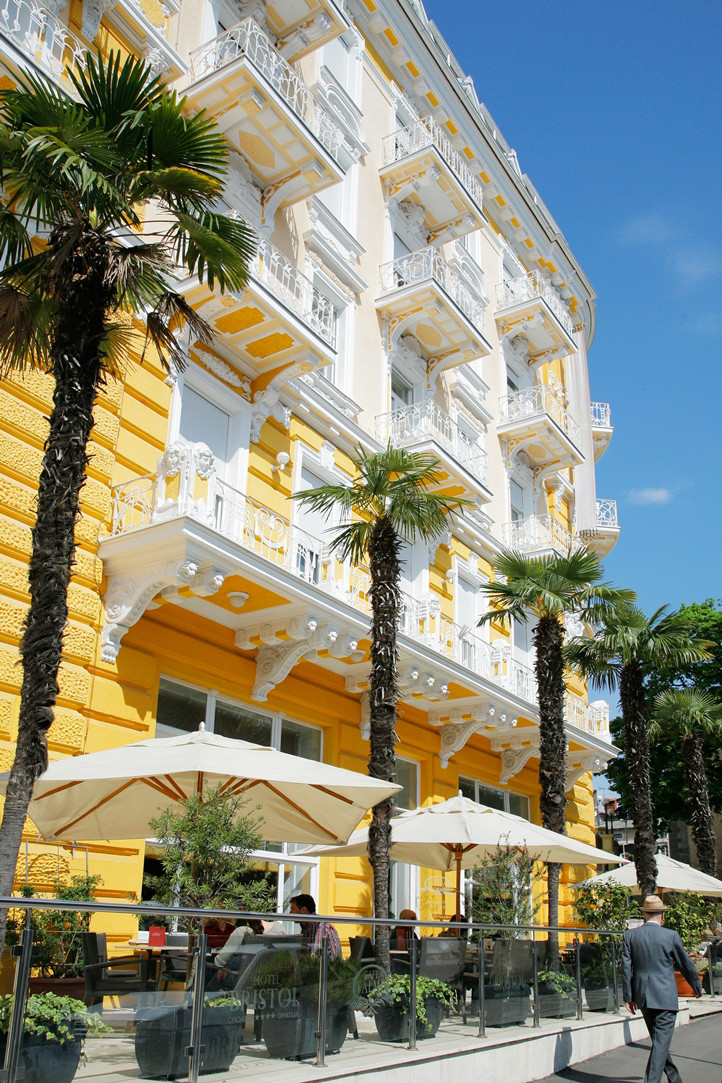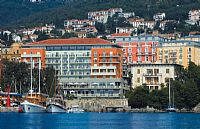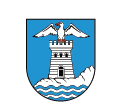Kastav
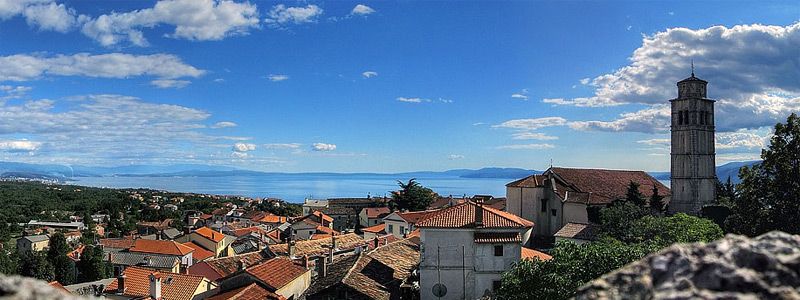
Kastav was fortified with a medieval wall with nine towers situated on a 365m high hill. Throughout history, it has been an administrative, commercial and cultural hub of Istria and Primorje.
Kastav is well known for its international events such as Kastafsko kulturno leto (The Kastav Summer of Culture) and Festival gitare (The Guitar Festival) that host a number of acclaimed international artists and attract thousands of visitors from Croatia and abroad.
Kastav is also known for festivals such as Bela nedeja (White Sunday), a traditional celebration of new wine as well as for its carnival which starts on 17th January, Saint Anthony’s Day (Antonja). It is also known for numerous meetings of wind orchestras, accordionists, winemakers as well as for the outstanding restaurants in the old town and its surroundings. Carnival parade, another Kastav's centuries-old event that takes place from 17th January to Ash Wednesday will definitely fascinate those who appreciate non-commercial events of this kind with its authenticity. As a unique event of its kind, Kastav Blues Festival gathers world-famous names of the Blues. The festival has been established in memory of the late Philadelphia Jerry Ricks, one of the most famous representatives of the country blues and the last living link with what is called the first generation of blues musicians. Ricks chose Kastav as his final resting place. The festival is held in August and is organized by the Kastav Tourist Board.
he history of Kastav dates back to prehistoric times, which is borne out by numerous archaeological finds. A valuable archaeological site is the Illyrian necropolis found in the Mišinci karst valley at the foot of the town. It is where the Iapodes, one of the Illyrian tribes, buried their deceased. Pieces of jewellery, buttons and needle pins were also found. It is not known for sure how Kastav gained its name. Some claim the name is derived from the Celtic word ‘kast’ (rock) while others say it is derived from the Latin word castellum (fort, castle).
Valuable monuments preserved to this day witness the medieval liveliness of the Kastav area. Among them are the town's Kaštel, the Municipal Loggia, the Volta (arched doorway), The Parish Church of Saint Jelena Krizarica, Lokvina square, the remains of the Crekvina and the Church of the Holy Trinity and a number of ornaments embedded in the nucleus of the town.
Kastav area in ancient times stretched all the way to Mount Učka’s slopes so the villages of Veprinac and Mošćenice were parts of Kastav feudal estate.
In the 17th century, Kastav was in the possession of the Jesuits. During their rule, in the middle of the 18th century, the building of the Crekvina church started in the place of the former Church of Saint Mary whose construction halted after the annulment of the Jesuit order in 1773.
According to legend, a woman serf, a widow and a mother of four, had to build the church. The church was almost finished when the woman's curse knocked down the church. Only the northern wall and the shrine remain.
Kastav was once both the starting point as well as the destination (depending on the direction from which you start your journey) of the E6 European Walk Way which stretched all the way to Sweden. There are now three walking trails:
1. Kastav - Eco-trail - Majevi vrh - Kastav - length: 5.27 km, tour time approximately 1 hour 40 minutes.
2. Kastav - Zvirić - Stanić - Brajani - Kastav - length: 9.28 km, tour time approximately 2 hours 50 minutes.
3. Kastav – Jelovičani – Breza – Mačkov vrh – Šparožna jama – Stanić – Brajani – Kastav - length: 14.37 km, tour time approximately 5 hours.
The town is easily accessible by car by following the road signs:
- If you are travelling from nearby Slovenia, through the border crossing at Rupa, road signs will direct you to Kastav just before the western entrance to Rijeka;
- If you are travelling from Rijeka, follow the road signs and choose exit Rijeka-west (Kastav);
- If you are travelling from Opatija, follow the road signs from Matulji to Kastav.
